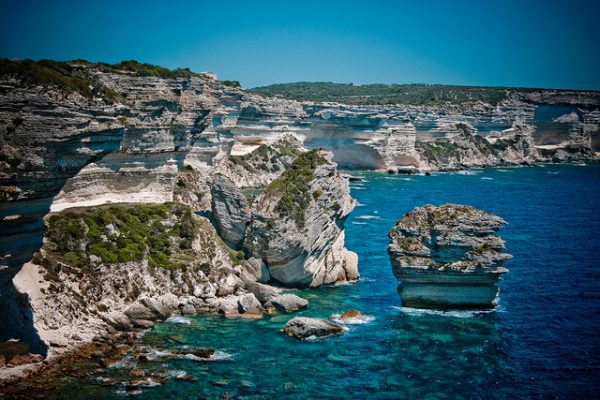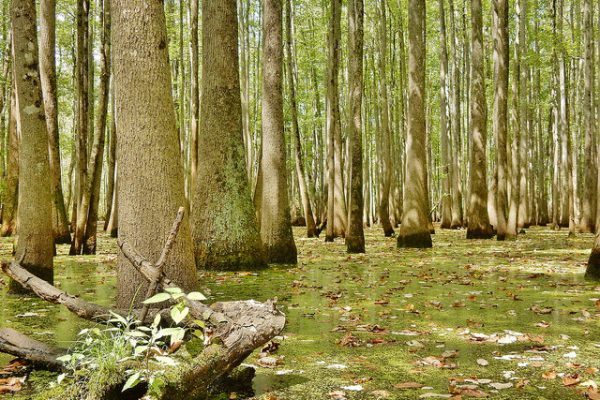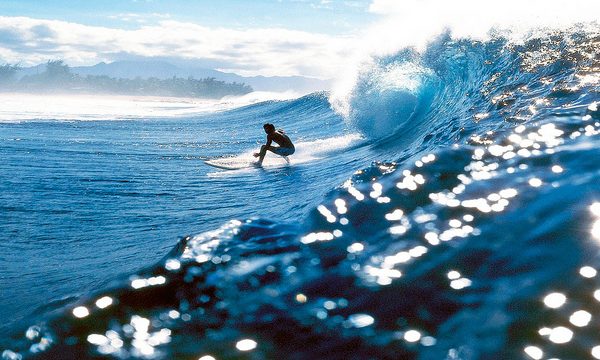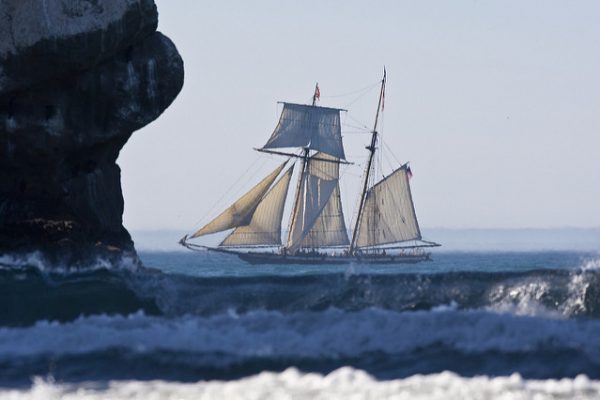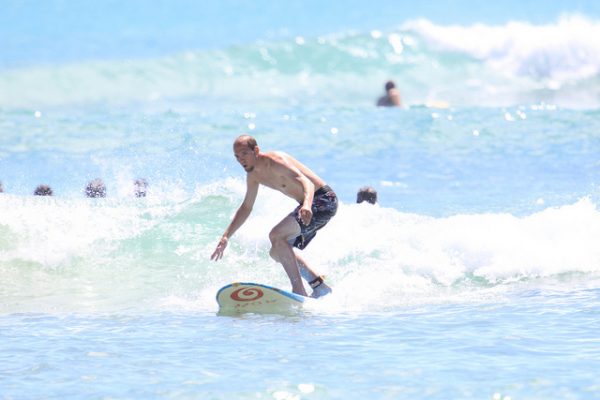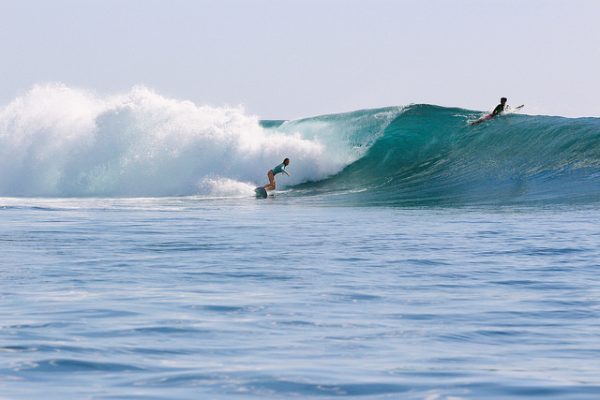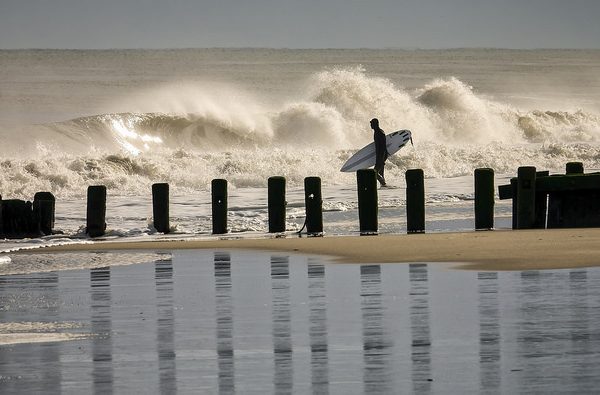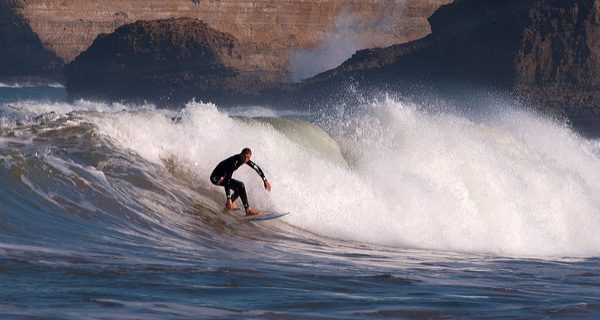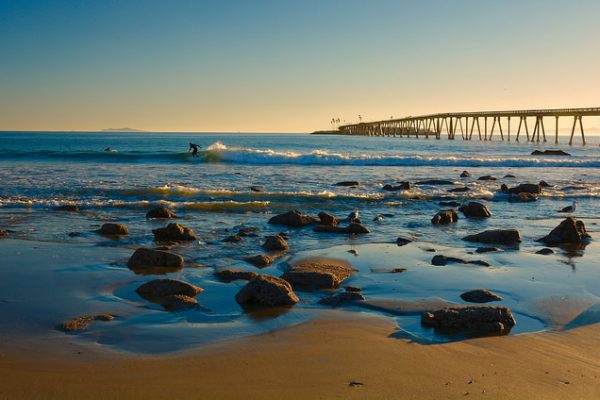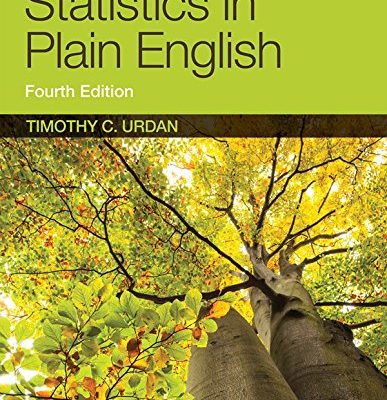How to Calculate the 5-Number Summary for Your Data in Python
Last Updated on August 8, 2019 Data summarization provides a convenient way to describe all of the values in a data sample with just a few statistical values. The mean and standard deviation are used to summarize data with a Gaussian distribution, but may not be meaningful, or could even be misleading, if your data sample has a non-Gaussian distribution. In this tutorial, you will discover the five-number summary for describing the distribution of a data sample without assuming a […]
Read more